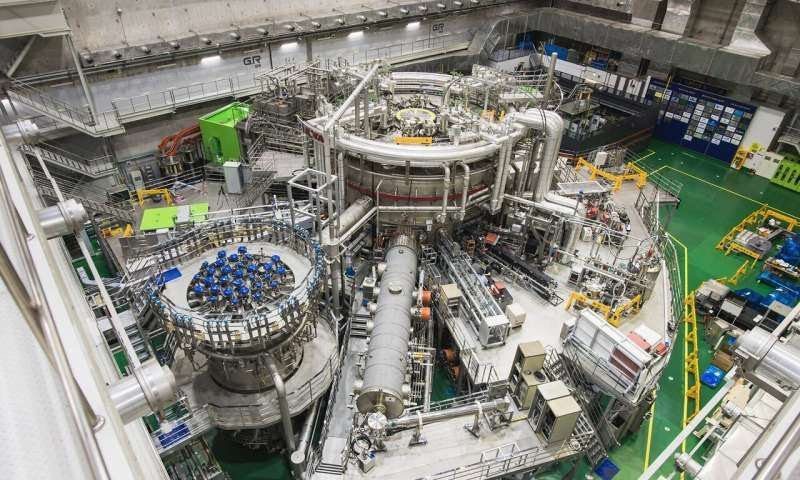
We have been 'close' to nuclear fusion energy for 50 years. How much longer?
Between progress and disappointments, nuclear fusion energy struggles to become a real source, amid uncertainties and costs. Seriously: how much more time does it take?

Between progress and disappointments, nuclear fusion energy struggles to become a real source, amid uncertainties and costs. Seriously: how much more time does it take?

A new metallization technique makes a compact and easier to operate thermonuclear reactor possible

Nuclear fusion could be the key to a clean energy future, but there are still many unknowns. This is what we have to overcome.

Pulsar Fusion is building the largest practical nuclear fusion engine ever, with speeds that could exceed 800.000 kilometers per hour.

The English company presents the nuclear fusion plant that promises to revolutionize the world of energy from 2030.

Nuclear fusion power will be clean, efficient and affordable - and at least in the beginning it might have a British accent.

The engine exploits processes at the base of the solar eruption, also contemplated in the next nuclear fusion reactors.

For the first time, a fusion reaction used 1,3 megajoules of energy and was more powerful than the amount of energy needed to make it happen.

Scientists have revived a 1987 method of producing nuclear fusion power at a fraction of the cost predicted by ITER.

A research team brings humanity closer to nuclear fusion achieved through the use of lasers.

China's fusion reactor shatters another record. Tokamak is always more stable, and 10 times hotter than the sun.

Korea also builds its artificial sun, and today it is ahead of everyone: yesterday KSTAR turned on for 20 seconds.

A direct fusion engine being studied between Princeton and Turin can reduce the duration of a space trip, and exploit other advantages.

The energy of nuclear fusion is slowly advancing. Now a new boron-hydrogen-based approach breaks down many of the obstacles to a future of clean and unlimited energy.

HL-2M, the nuclear fusion reactor developed in China, is an artificial sun 10 times warmer than the real one. It will start operating in 2020.

Getting reactions from nuclear fusion that give more energy than you put into the system can be the final answer to the climate crisis.

A team of scientists from Imperial College London has probably made the possibility less distant...